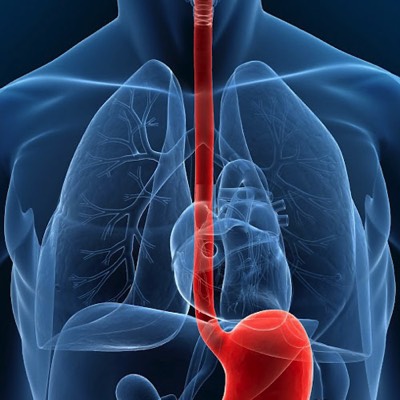PREPARATION FOR THE OESOPHAGEAL pH MONITORING TEST
- Stop medications used for treating reflux and for treating stomach acid problems unless
you are told to continue these medications by your surgeon. - Some medications should be stopped for 1 week prior to the test. These include Losec (omeprazole), Nexium (esomeprazole), Pariet (rabeprazole), Zoton (lansoprazole), Somac (pantoprazole).
- Some medications need to be stopped for 2 days before the test. Examples of these medicines are: Zantac (ranitidine), (Tagamet) cimetidine, Tazac (nizatidine), Pepcid (famotidine).
- Note that your surgeon may want you to continue these medications up to and during the test to determine how effective they are in suppressing acid production. If so, please take
these medications at your regular time of the day prior to the test and the morning of the test (with a little bit of water). - If you have questions about other medications, talk with your surgeon
- Do not eat or drink after midnight the night before the test
- Wear a shirt or blouse which opens in the front so that it is easier to dress after the probe is placed

Oesophageal pH monitoring is used in several situations to assess for gastro-oesophageal reflux disease (GORD). The first is to evaluate typical symptoms of GORD such as heartburn and regurgitation that do not respond to treatment with medications. In this situation, there may be a question whether the patient has gastro-oesophageal reflux disease disease or whether anti-acid medications are adequate to suppress the acid production. The second is when there are atypical symptoms of GORD such as chest pain, coughing, wheezing, hoarseness, sore throat. In this situation, it is not clear if the symptoms are due to gastro-oesophageal reflux.
Occasionally, this test can be used to monitor the effectiveness of medications used to treat GORD. The test is often used as part of a pre-operative evaluation before anti-reflux surgery.
Procedure
In order to determine the correct placement of the oesophageal pH probe, it may be necessary to perform a short test called oesophageal manometry (click the link for additional instructions).
The nose is numbed for a short time. A thin wire-sized plastic catheter is passed into one nostril, down the back of the throat, and into the oesophagus as the patient swallows. The tip of the catheter contains a sensor that senses acid. The sensor is positioned in the oesophagus so that it is just above the lower oesophageal sphincter, a specialised area of oesophageal muscle that lies at the junction of the oesophagus and stomach and prevents acid from refluxing back up into the oesophagus. Sometimes the probe has other pH sensors to measure pH in the stomach and to measure pH in the upper oesophagus.
These extra sensors do not change the size of the small catheter. Placing the probe takes approximately 10 minutes. No sedation is necessary. The other end of the small catheter comes out the nose and is connected to a small battery-powered recorder that is worn on a strap over the shoulder. The patient is sent home with the catheter and recorder in place. During the 24 hours that the catheter is in place, the patient goes about his/her usual activities, for example, eating, sleeping, and working. Meals, periods of sleep, and symptoms are recorded by the patient in a diary and by pushing buttons on the recorder. The diary helps the doctor to interpret the results. The patient returns the next morning for removal of the catheter. After the catheter is removed, the recorder is attached to a computer so that the data recorded can be downloaded into the computer where it is then analysed.
There are very few side effects of oesophageal pH monitoring. There may be mild discomfort in the back of the throat while the catheter is in place. The vast majority of patients have no difficulty eating, sleeping, or going about their daily activities. Most patients, however, prefer not to go to work because they feel self-conscious about the catheter protruding from their nose.
Any surgical or invasive procedure carries risks. The information provided here is for general educational purposes only. Before proceeding, you should discuss your particular situation with the experienced doctors at Melbourne Upper GI Surgical Group.
CONTACT
(03) 8805 1400
(03) 9801 5865
admin@uppergi.net
HEAD CLINIC
Suite 4, Knox Private Hospital
262 Mountain Hwy
Wantirna VIC 3152
